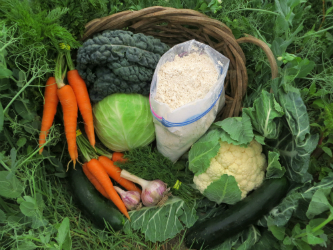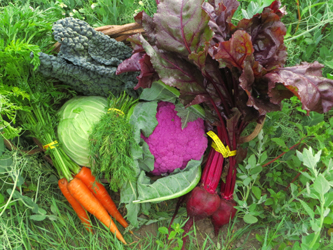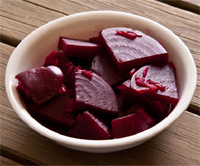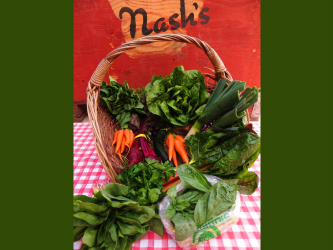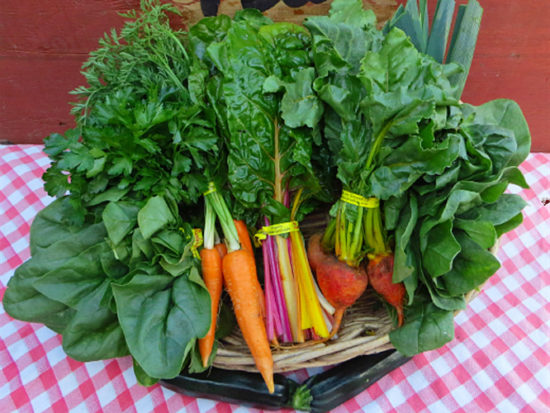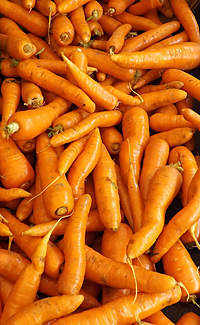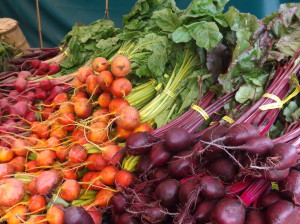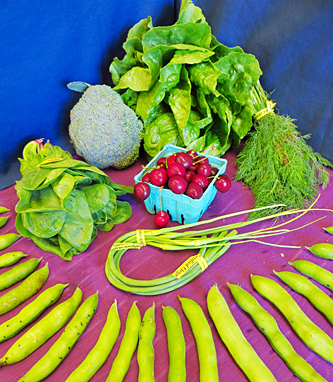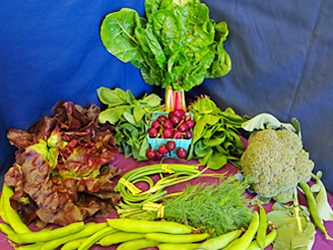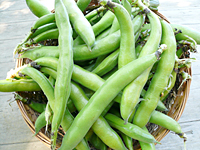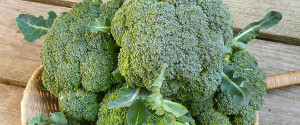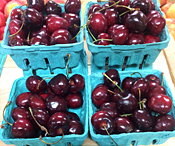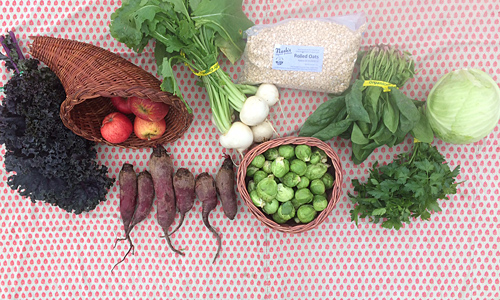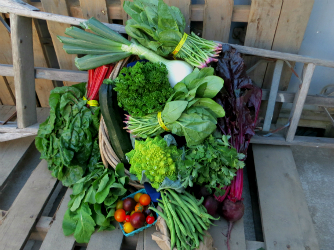
Standard
Curly Parsley 1 bu
Red Beets w/ Greens 1 bu
Red Chard 1 bu
Cherry Tomatoes 1 pt Romanesco 1 hd
Zucchini 1
Spinach 2 bu
Cilantro 1 bu
Arugula 1 bu
Walla Walla-variety Onion 1 Green Beans .75 lb
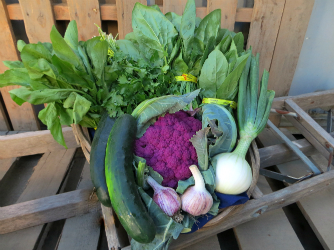
Small
Garlic 2 bulbs
Cucumber 2
Purple Cauliflower 1 hd
Spinach 2 bu
Cilantro 1 bu
Arugula 1 bu
Walla Walla-variety Onion 1
Romanesco

Romanesco comes from the same veggie family as broccoli, cauliflower, Brussels sprouts, and cabbage. It tastes very similar to cauliflower, but with a slightly nuttier, earthier flavor.
Romanesco (sometimes called Romanesco Broccoli or Roman Cauliflower) did not always exist in nature. Many botanists believe it was the result of selective breeding by Italian farmers in the 16th century.
You can use it as you would cauliflower in recipes, and it holds up to many different cooking methods. It can be served raw, lightly cooked, or cooked through. Sauté it slowly with garlic and lemon zest, with red pepper flakes for zing. It’s also delicious steamed and lightly seasoned with olive oil and red wine vinegar.
Of course, the most fascinating part of Romanesco is its appearance. Its spiraled buds form a natural approximation of a fractal, meaning each bud in the spiral is composed of a series of smaller buds.
Vitamins and minerals are abundant in Romanesco and calories are low, making it a nutrient-dense food that is ideal for the vegan diet.
It has vitamins C, A, and K as well as folate, dietary fiber, iron, manganese, carotene, protein, zinc, and omega-3 fatty acids. It is a well-tolerated food for those who have sensitive stomachs.
Romanesco w/ Salsa Verde
Salsa verde, the traditional Italian green sauce, is often made with parsley, but any tender green herb will do. Use your cilantro (or a combination of the 2 herbs) for an especially zippy, citrusy sauce, which partners beautifully with roasted Romanesco or purple cauliflower.
1½ lb Romanesco
5 Tbsp. extra-virgin olive oil
2 small cloves garlic, peeled
Zest and juice of 2 lemons
1½ cups cilantro leaves
2 ounces olives, pitted and thinly sliced
Salt and freshly ground black pepper
Preheat the oven to 425°F. Peel away the dark green outer leaves of the Romanesco. (The leaves are edible and quite flavorful; try sautéing them in olive oil.) Using your hands, gently break the entire head into small, bite-sized florets. Spread them on a baking sheet, drizzle with 4 tablespoons olive oil, sprinkle with ½ teaspoon salt and a few grinds of pepper, and toss to coat each floret. Bake for about 15 minutes, or until the florets are tender all the way through and a little caramelized around the edges.
Meanwhile, in the bowl of a food processor fitted with a metal blade, combine the garlic, lemon zest and juice, cilantro, remaining 1 tablespoon olive oil, and ½ teaspoon salt. Blend until smooth.
In a large bowl, toss the roasted Romanesco with the salsa verde and the olives. Taste for seasoning, adding another pinch of salt if needed. Serve warm or cooled to room temperature. It is also delicious chilled overnight and eaten for lunch on the following day.
A Summer Salad
The contents of this week’s box sounds like a fantastic summer salad—chopped parsley and cilantro, cauliflower florets, spinach and arugula leaves, sliced cukes and zucchini, and cherry tomatoes! All you need is a tasty vinaigrette.
Find a basic vinaigrette recipe with 8 interesting variations at www.food.com.
Walla Walla-variety Onion
The sweetness of the Walla Walla onion is due to its low sulfur content, rather than more sugar. Onions are an excellent source of chromium, vitamin C and B6, and a good source of dietary fiber and a number of flavonoids. The sulfur compounds, chromium and B6 work together to lower blood pressure and reduce the risk of heart disease and stroke. Only those grown in Walla Walla can legally carry that name, hence the word “variety.”

